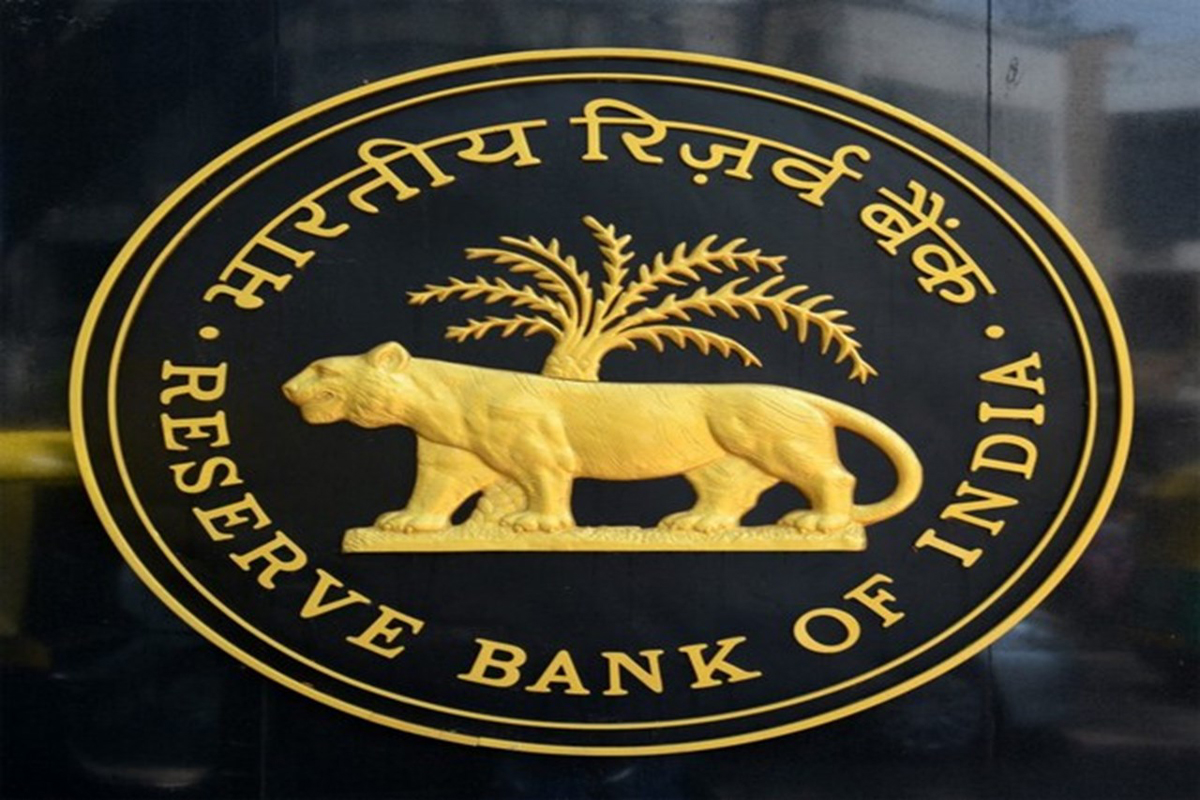Stock market climbs to record high ahead of RBI MPC meet
At the close, the Sensex ended 350.81 points, or 0.47% higher at 74,227.63 while the Nifty 80 points or 0.36% at 22,514.70.
The Reserve Bank of India has today released a Concept Note on Central Bank Digital Currency (CBDC) for India. The purpose behind the issue of this Concept Note is to create awareness about CBDCs in general and the planned features of the Digital Rupee (e-rupee), in particular.

File Photo
The Reserve Bank of India has today released a Concept Note on Central Bank Digital Currency (CBDC) for India.
The purpose behind the issue of this Concept Note is to create awareness about CBDCs in general and the planned features of the Digital Rupee (e-rupee), in particular.
It explains the objectives, choices, benefits, and risks of issuing a CBDC in India. The Note also seeks to explain Reserve Bank’s approach towards the introduction of the CBDC.
Advertisement
The Concept Note also discusses key considerations such as technology and design choices, possible uses of the Digital Rupee, issuance mechanisms, etc. It examines the implications of the introduction of CBDC on the banking system, monetary policy, and financial stability, and analyses privacy issues.
The Reserve Bank will soon commence pilot launches of e-rupee for specific use cases. As the extent and scope of such pilot launches expand, RBI will continue to communicate about the specific features and benefits of e-rupee, from time to time.
In the Union Budget 2022-23, Finance Minister Nirmala Sitharaman had announced about rolling out of the digital currency called Central Bank Digital Currency (CBDC).
As CBDCs are an electronic form of sovereign currency, it should imbibe all the possible features of physical currency. The design of CBDC is dependent on the functions it is expected to perform, and the design determines its implications for payment systems, monetary policy as well as the structure and stability of the financial system. One of the main considerations is that the design features of CBDCs should be least disruptive.
CBDC can be structured as ‘token-based’ or ‘account-based’. A token-based CBDC is a bearer instrument like banknotes, meaning whosoever holds the tokens at a given point in time would be presumed to own them.
In contrast, an account-based system would require maintenance of record of balances and transactions of all holders of the CBDC and indicate the ownership of the monetary balances.
Also, in a token-based CBDC, the person receiving a token will verify that his ownership of the token is genuine, whereas in an account-based CBDC, an intermediary verifies the identity of an account holder.
Considering the features offered by both the forms of CBDCs, a token-based CBDC is viewed as a preferred mode for CBDC-R as it would be closer to physical cash, while account-based CBDC may be considered for CBDC-W.
(with inputs from Agencies)
Advertisement